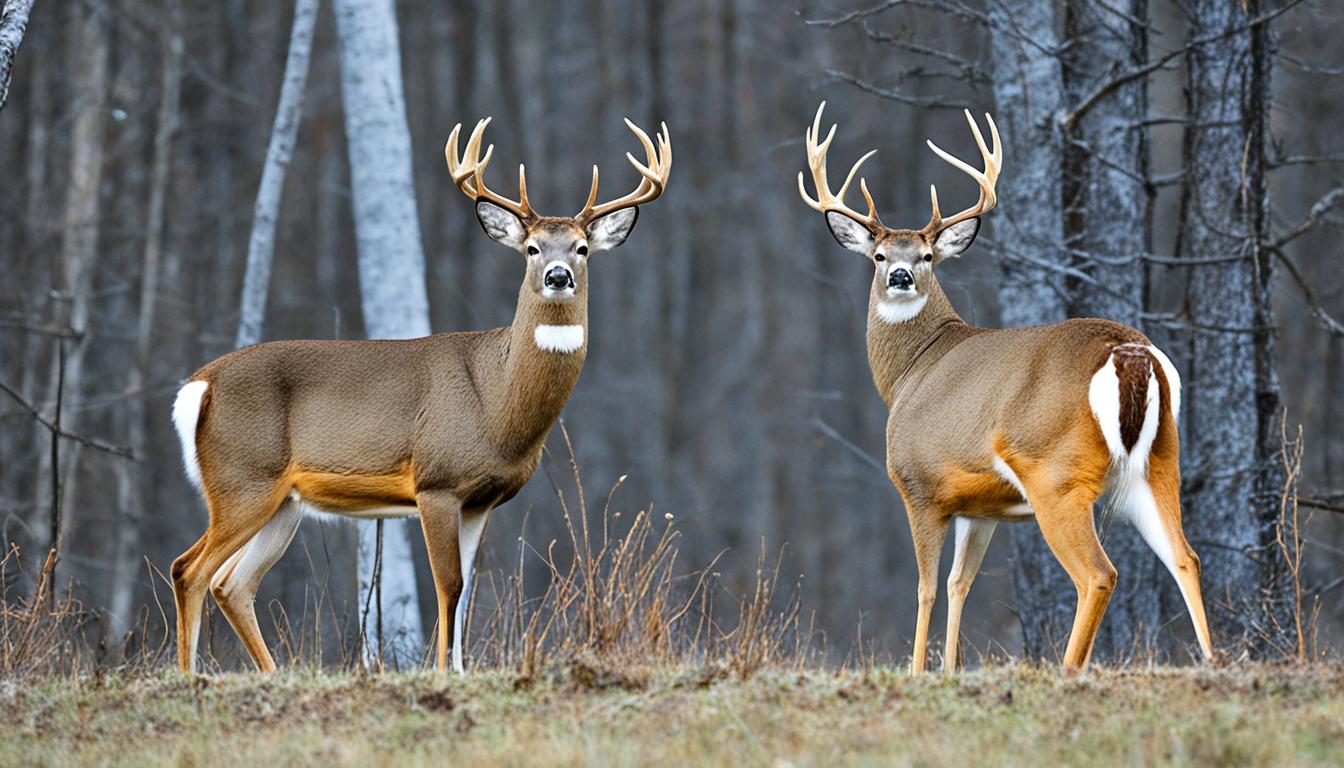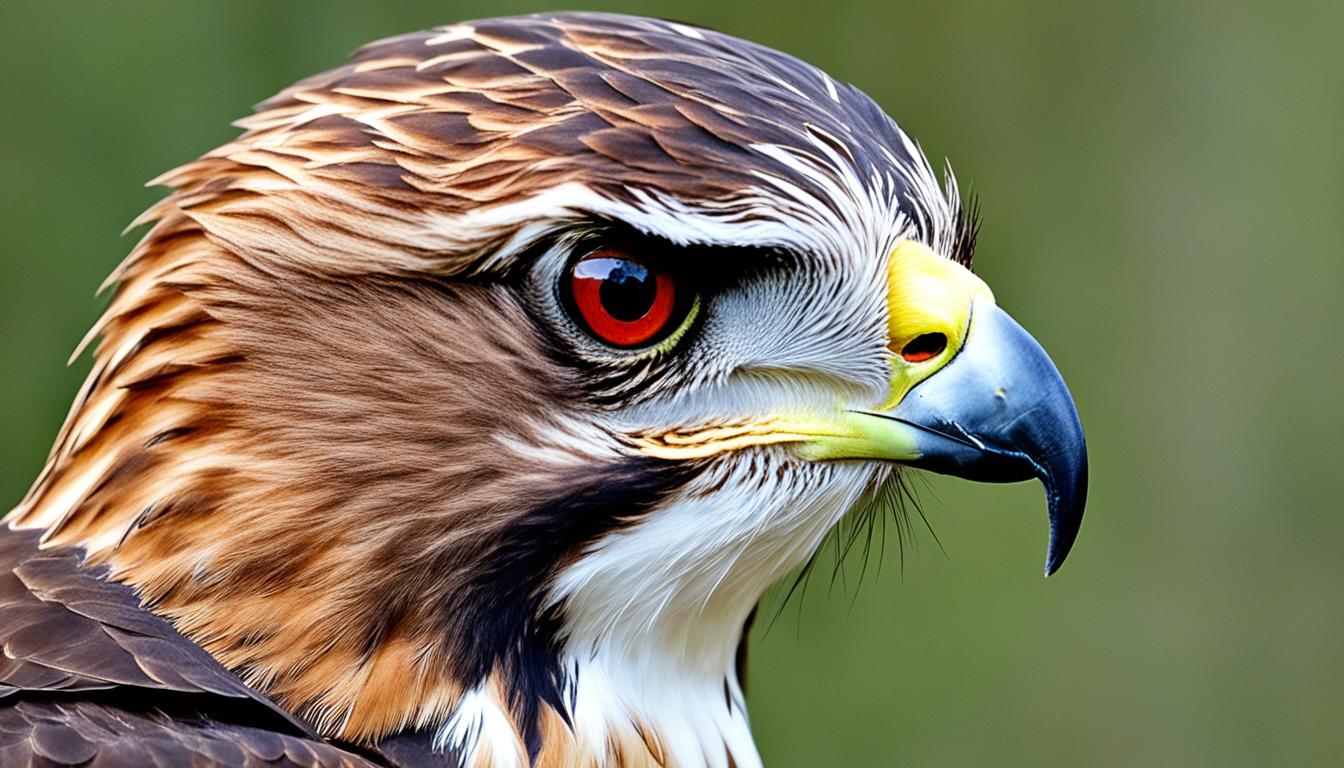Eagles are majestic birds of prey that have captured the imagination of people for centuries. Known for their sharp talons, powerful beaks, and impressive wingspans, eagles are one of the most recognizable birds in the world. They are found in many different habitats, from the mountains of North America to the rainforests of South America and the savannas of Africa.

One interesting fact about eagles is that they are monogamous, meaning that they mate for life. According to OneKindPlanet, eagles will often return to the same nesting site each year and add to their nest, which can grow to be quite large over time. Another fascinating aspect of eagles is their eyesight, which is among the best of any animal. They can see prey from miles away and can spot movement from great distances.
Eagles are also symbols of freedom, strength, and courage in many cultures. In the United States, the bald eagle is the national bird and is featured on the country’s seal and many other official emblems. In Native American culture, eagles are considered sacred animals and are often used in spiritual ceremonies. Overall, eagles are fascinating creatures that continue to capture the imagination of people all over the world.
Eagle Classification
Species of Eagles
There are over 60 species of eagles known worldwide, with the Bald Eagle and Golden Eagle being the most popular. The Bald Eagle is a sea eagle found in North America and is the national bird and symbol of the United States. It is known for its white head and tail, and yellow beak and eyes. The Golden Eagle is found in North America, Europe, and Asia, and is known for its brown feathers, golden nape, and sharp talons.
Other species of eagles include the African Fish Eagle, which is known for its distinctive call and is found in sub-Saharan Africa, and the Harpy Eagle, which is one of the largest and most powerful eagles in the world and is found in Central and South America.
Geographical Distribution
Eagles are found on every continent except Antarctica, with the highest concentration being in Eurasia and North America. They are adaptable birds and can live in a variety of habitats, including forests, mountains, and deserts.
In North America, the Bald Eagle is found primarily near large bodies of water, while the Golden Eagle is found in mountainous regions. In Asia, the Steppe Eagle is found in the grasslands, while the Philippine Eagle is found in the rainforests of the Philippines.
Overall, eagles are fascinating birds with a diverse range of species and geographical distribution.
Physical Characteristics
Eagles are majestic birds of prey with unique physical characteristics that set them apart from other birds. Here are some interesting facts about their physical features.
Size and Weight
Eagles come in different sizes, with the smallest species being the little eagle, measuring around 17.7-21.7 inches (45-55 cm) in length. On the other hand, the largest species, the Philippine eagle, can reach up to 3.35 feet (102 cm) in length and weigh up to 14.5 pounds (6.6 kg). Generally, eagles are known for their impressive size and strength.
Wingspan
One of the most striking physical features of eagles is their wingspan. Eagles have broad wings that help them soar through the skies with ease. The wingspan of an eagle can range from 6 feet (1.8 meters) to 8 feet (2.4 meters) depending on the species. The golden eagle, for instance, has a wingspan of up to 7.5 feet (2.3 meters).
Eagle Eyesight
Eagles have incredible eyesight that enables them to spot prey from great distances. Their eyes are specially adapted to detect movement and see in detail. Eagles have up to 5 times better eyesight than humans, and some species can see up to 3 kilometers away. Their eyesight is so powerful that they can spot a rabbit from a mile away and a fish from several hundred feet above the water. Eagles also have two foveae, which allow them to see both forward and sideways simultaneously.
Overall, eagles are fascinating birds with unique physical features that make them stand out in the animal kingdom.
Behaviour and Habits

Feeding Habits
Eagles are carnivorous birds and are known for their hunting abilities. They prey on small mammals, birds, and fish. Eagles are opportunistic hunters and will eat whatever prey is available. They are also known to scavenge carrion. Eagles are skilled hunters and have sharp talons and beaks that enable them to catch and kill their prey. They can fly at high speeds and dive at incredible speeds to catch their prey.
Mating and Reproduction
Eagles are monogamous birds and mate for life. They usually mate in the early spring and build their nests in high places such as tall trees or cliffs. The nests are made of sticks and lined with softer materials such as grass or feathers. The female eagle usually lays 1-3 eggs, which are incubated by both parents for around 35 days. The chicks are born with feathers and are fed by both parents until they are able to hunt on their own.
Migration Patterns
Not all eagles migrate, but some species do. Eagles that live in colder climates will migrate to warmer areas in the winter. The migration patterns of eagles vary depending on the species and location. Some eagles will migrate long distances, while others will only travel short distances. Eagles use thermals, or rising columns of warm air, to gain altitude and conserve energy during their migration. They can travel at speeds of up to 30 miles per hour during migration.
Overall, eagles are fascinating birds with unique behaviours and habits. Their hunting abilities, monogamous relationships, and migration patterns make them one of the most interesting birds in the animal kingdom.
Eagles and Human Interaction
Eagles have played a significant role in human culture and symbolism for centuries. They are often depicted as powerful and majestic creatures, and their images are used in various ways, from national emblems to sports team mascots.
Eagles in Culture and Symbolism
In Native American cultures, eagles are considered sacred animals and are often associated with spiritual significance. They are viewed as symbols of strength, courage, and freedom. Many tribes use eagle feathers in their religious ceremonies and regalia.
Eagles have also been used as symbols of nations and political entities. The bald eagle, for example, is the national bird and symbol of the United States. It appears on the country’s seal, currency, and many other official emblems.
Conservation Efforts
Due to habitat loss, hunting, and other factors, many eagle species have faced significant declines in population over the years. However, conservation efforts have helped to stabilize and even increase some populations.
One such effort is the Bald and Golden Eagle Protection Act, which was passed in 1940 to protect eagles from hunting and poaching. This law has been instrumental in helping to bring back the bald eagle population in the United States, which was once on the brink of extinction.
Other conservation efforts include habitat restoration and the establishment of protected areas. These efforts have helped to provide safe spaces for eagles to breed and thrive.
Overall, eagles have a unique and important place in human culture and the natural world. By understanding and appreciating these magnificent birds, we can continue to work towards their protection and conservation.
Eagle Lifespan
Eagles are known for their impressive lifespan. According to Facts.net, eagles usually live in the wild for 20-30 years, which is considerably longer than most birds. In fact, the oldest known eagle in the wild lived to be 38 years old. Eagles in captivity can live even longer, with some reaching up to 50-70 years of age due to veterinary care.
The lifespan of an eagle is affected by various factors, including habitat, food availability, and the presence of predators. Eagles are at the top of the food chain and are known for their hunting skills, which allow them to feed on big prey like monkeys and sloths. Their exceptional eyesight helps them detect prey up to two miles away, making them efficient hunters.
The lifespan of eagles also varies depending on the species. For instance, bald eagles are believed to live 30 years or longer in the wild, while golden eagles can live up to 32 years. The Philippine eagle, on the other hand, has a shorter lifespan of around 15-20 years in the wild.
In conclusion, eagles are known for their impressive lifespan, which is considerably longer than most birds. Factors such as habitat, food availability, and species affect their lifespan. Eagles are at the top of the food chain and are known for their hunting skills, which allow them to feed on big prey.
Eagle Predators
Eagles are apex predators, meaning that they are at the top of the food chain and have no natural predators. However, this does not mean that they are invincible. There are some animals that can pose a threat to eagles, especially young or injured ones.
One of the main predators of eagles are other birds of prey, such as hawks, falcons, and owls. These birds can attack eagles in mid-air or on the ground, especially if the eagle is injured or weak. In fact, some species of eagles, such as the golden eagle, have been known to kill other eagles, including bald eagles [1].
On land, eagles can also be hunted by larger predators such as wolves, foxes, and coyotes. These animals can attack eagle nests and steal eggs or young eaglets. However, adult eagles are usually able to defend themselves and their young against these predators [1].
Despite these threats, eagles are still one of the most successful and dominant predators in the world. Their sharp talons, powerful beaks, and incredible eyesight make them formidable hunters that can take down prey much larger than themselves. In fact, some eagles are known to hunt animals as large as deer and antelope [2].
Overall, while eagles may face some challenges from other predators, they are still some of the most impressive and awe-inspiring creatures in the animal kingdom.
[1] Source: https://birdieexpert.com/bird-facts/what-eats-eagles/
[2] Source: https://www.birdjoy.org/articles/facts-about-eagles/
Eagle Adaptations
Eagles are known for their sharp talons and hooked beaks, which are adaptations that help them catch and kill their prey. The talons are used to grasp and hold onto prey, while the beak is used to tear flesh. Eagles also have excellent eyesight, which allows them to spot prey from great distances. Their eyes have a high density of light-sensitive cells, which gives them sharp vision and the ability to see in low light conditions.
Eagles have strong wings that allow them to soar for long periods without flapping. They also have a special adaptation called the “slotted primary feather,” which allows them to control their speed and direction during flight. This adaptation helps them catch prey and avoid obstacles while flying.
Another interesting adaptation of eagles is their ability to survive in extreme temperatures. They have a thick layer of feathers that keeps them warm in cold weather, and they can regulate their body temperature by fluffing or compacting their feathers. Eagles also have a special adaptation in their legs that helps them stay warm in cold weather. Their legs are covered in scales that have a high concentration of blood vessels, which allows them to transfer heat from their body to their legs.
Overall, eagles have a number of unique adaptations that make them well-suited for their hunting and survival needs. Their sharp talons, hooked beaks, excellent eyesight, strong wings, slotted primary feathers, and ability to regulate their body temperature all contribute to their success as apex predators.
Are there any conservation efforts in place to protect eagles as well?
Yes, there are conservation efforts in place to protect eagles as well. Just like the protecting giant pandas conservation efforts, various organizations and government agencies have implemented measures to safeguard the habitats of eagles, regulate hunting, and rehabilitate injured birds to ensure their survival in the wild.
Frequently Asked Questions

What is the wingspan of an eagle?
Eagles are known for their impressive wingspan. The wingspan of an eagle varies by species, but generally ranges from 6 to 7 feet. Some species, such as the bald eagle, have a wingspan of up to 8 feet. This allows eagles to soar through the skies with ease and hunt prey from great heights.
What are some interesting facts about the bald eagle?
The bald eagle is one of the most well-known eagle species. It is the national bird and symbol of the United States. Bald eagles are known for their white head and tail feathers, which do not appear until they reach maturity at around 4-5 years old. They can live up to 40 years in the wild and have a wingspan of up to 8 feet.
What distinguishes eagles from other birds?
Eagles are known for their strong, sharp talons and hooked beaks, which they use to catch and eat prey. They also have excellent eyesight, which allows them to spot prey from great distances. Eagles are also known for their impressive flying abilities, including soaring and gliding for long distances.
How do eagles survive storms?
Eagles are well-equipped to survive storms. They have strong wings and are able to fly through strong winds and rain. They also have a waterproof coating on their feathers, which helps keep them dry during storms. Additionally, eagles are able to find shelter in trees or other protected areas during storms.
What are some unique characteristics of golden eagles?
Golden eagles are known for their powerful talons, which they use to catch and kill prey. They are also one of the largest eagle species, with a wingspan of up to 7 feet. Golden eagles are found throughout North America, Europe, and Asia.
What are some fascinating facts about eagle behavior?
Eagles are known for their interesting behaviors, such as their courtship displays and territorial behaviors. They are also known for their impressive hunting abilities, which can include hunting prey much larger than themselves. Eagles are also known for their strong family bonds, with many species mating for life and raising their young together.










